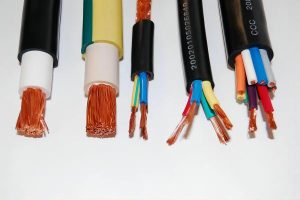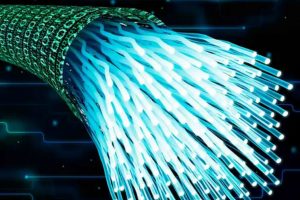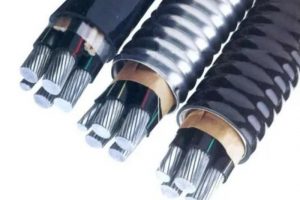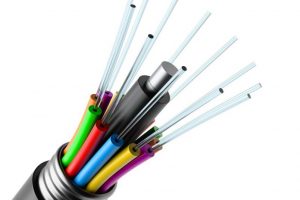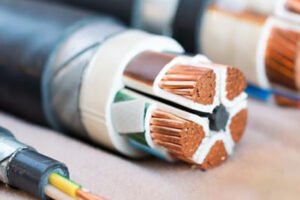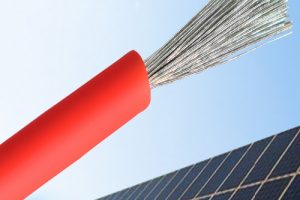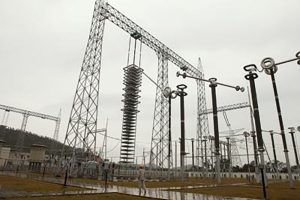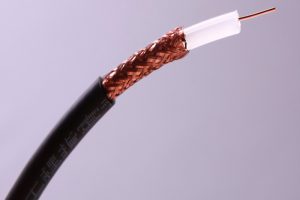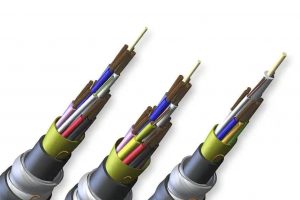Communication cable, as a transmission medium, is a necessary equipment for completing information projects. Unsuitable fiber optic cable is likely to affect the quality of the whole project. So, how to choose the right fiber optic communication cable?
What is Stranded Electric Cable and What Are Some Common Applications?
Stranded Electric Cable is a versatile and essential type of electrical conductor used in a wide range of industries and applications. Unlike solid wire, which consists of a single metal conductor, stranded cable is made by bundling multiple smaller strands of wire into a single, larger conductor. This design gives … Read more

